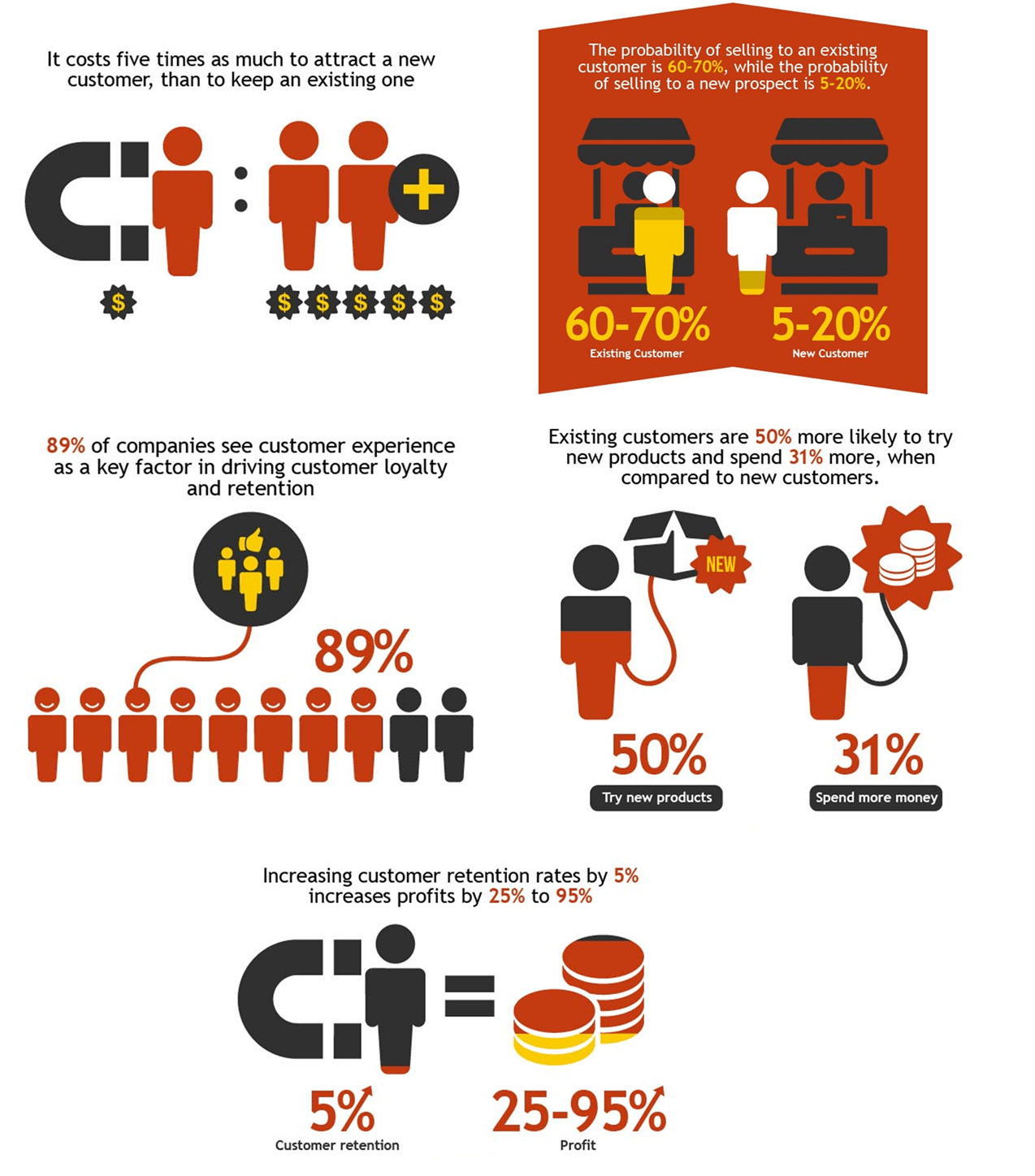“A small business is an amazing way to serve and leave an impact on the world you live in.” – Nicole Snow. There are about 400 million small and medium businesses (SMBs) around the world. They are the main source of job creation globally. SMBs account for about 60 to 70% of employment and constitute over 95% of all businesses in the world. In the European Union alone, the small and medium businesses: represent approximately 99% of all businesses, generate about 85% of total employment, and provide two-third of the overall employment in the private sector. And yet, in the UK about 20% of new businesses fail in their first year. Around 60% go bust within the first three years. That being said, it is important to analyse WHY small and medium businesses fail. What kind of obstacles do SMBs face that big companies don’t? And how can they overcome these business challenges?
Below are some of the most common business challenges faced by SMBs.
1. Demand for products/services
So, you’ve always wanted to open an auto shop, and you finally have the means to do it. But you choose a neighbourhood with less population. Or a market that is already saturated with auto service providers. Not insinuating that your automotive repair shop will fail. But it will be very difficult to break in. As with real estate, successful businesses are also driven by “location, location, location.” Don’t follow the herd to open a repetitive business. Instead, find an opening or an unmet need within your area. Then fill it with your service or product. It’s easier to address the pain points of customers rather than convincing them to invest in a new brand with similar products.
Read Also: 10 Online Business Ideas To Start In 2021
2. Where do I find customers? How should I retain them?
For a majority of SMBs, word of mouth and customer referrals are two main modes to create brand awareness. Mahatma Gandhi said in a speech in South Africa in 1980, “A customer is the most important visitor on our premises. He is not dependent on us. We are dependent on him. He is not an interruption in our work. He is the purpose of it. He is not an outsider in our business. He is part of it. We are not doing him a favour by serving him. He is doing us a favour by giving us an opportunity to do so.” Even statistics point in this direction.

3. Lack of leadership skills
There’s no set eligibility to become a leader of a small or medium business. Still, considering the challenges of running a business and leading a team, many business owners falter as they do not possess the right skill set. Running a successful business takes more than just a great idea. It requires leadership – and not every business owner is a natural-born leader. On the bright side, leadership skills can be learnt. Charismatic leaders: 1. They are good listeners, 2. maintain transparency in communication, 3. are not afraid to make mistakes, 4. know how to delegate, 5. are optimistic, always looking forward and 6. hold themselves and others accountable.
The growth of a business is only held back by the ability of its leaders to both manage and lead. So, the next time your business is not growing as you hope, think. Maybe you can improve yourself to propel the business forward. Psychologist and Author, Dr William Anton surmises this point in his article, Know Thyself: It’s Good for Business. He mentions that power and influence are concentrated at the top. Therefore, self-knowledge plays a crucial role in steering a business towards success.
4. Absence of a well-laid business plan

High-growth oriented entrepreneurs are 7% more likely to plan. Innovators with disruptive products are 4% more likely to plan. Business-owners seeking funding are 19% more likely to put their vision to paper. So, which of these entrepreneurs do you want to be? More importantly, what heights do you plan to take your business to?
5. Identifying the right marketing strategy
There’s no owner’s manual to run a business – or to market one. Most business owners, therefore, rely on a series of trials and errors to generate brand awareness. They experiment with paid ads, tradeshows and events, social media, and word of mouth – and hope that something clicks. However, it pays to keep a tab on what your competitors are doing. Both online and physical marketing come in all sizes and shapes.
Knowing your audience is the first step towards developing a sound marketing strategy. This is because a one-size-fits-all policy doesn’t work in marketing. So, if a tactic worked for one business, doesn’t mean it will work for you too. For example, let’s say you run a bakery. If you want to build a solid web presence, ask the following questions to yourself:
What is the demographic of my neighbourhood?
How old are my prospective buyers?
What delivery platforms do these customers prefer?
How do they search for products?
What kind of baked goods is the most popular in this area?
Answers to all these questions will help you develop a targeted marketing strategy.
6. Struggles with technology
What’s the biggest challenge for most businesses when going online? Embracing technology! Not everybody can be a coder and it takes a while to understand how website development platforms work, what kind of cybersecurity and payment measures need to be in place, and how to align them with SEO best practices. This is just one part of the tech side.
There is also, social media marketing to learn, payroll software to get the hang of, and databases to maintain. Analytics reports to generate, and a lot of other things to understand in a very short time. Marc Cowper is the Founder & CEO of Recomazing. He observes, “In today's environment, no business can compete on a mass scale without a solid digital foundation.” Disruptive businesses like Airbnb and Uber are proof that a tech-first approach can bring tremendous growth to a business. A vast majority of customers are online today. Therefore, you must replace your legacy tools with intuitive marketing platforms that disseminate accurate information at the right time to the right customers, across all platforms. That is how you leverage the power of technology to scale up your business.
Takeaway
A winner is not a person who always succeeds, but the one who faces adversity with innovation, hard work, and is persistence. These small business challenges are critical. But it is also true that the challenges and opportunities of small businesses go hand in hand. Therefore, I encourage you to go ahead and explore how to address your business challenges in the best way possible.
Leave a Comment